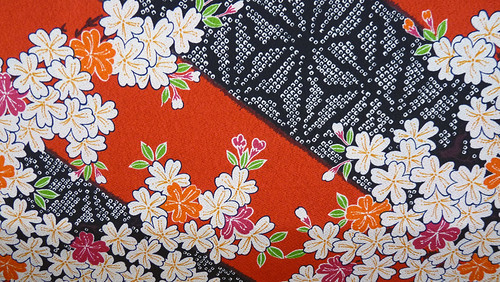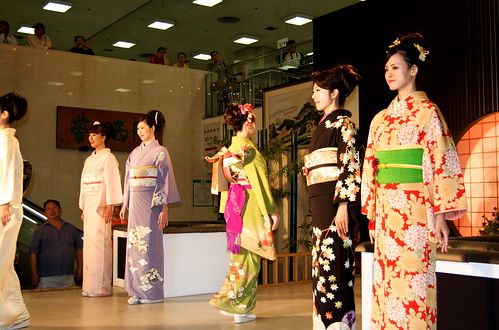Tomesode
The tomesode is the most formal kimono for married women. It refers to the kimonos made by cutting and shortening the sleeves of a furisode, typically after marriage. The kanji for “tome” means “to stay”, which is said to refer to a married women staying with her husband’s family. From the late Edo period, the tomesode with its shortened sleeves became the standard wear for married women.
“Tomesode ( 留袖 )” の続きを読む


